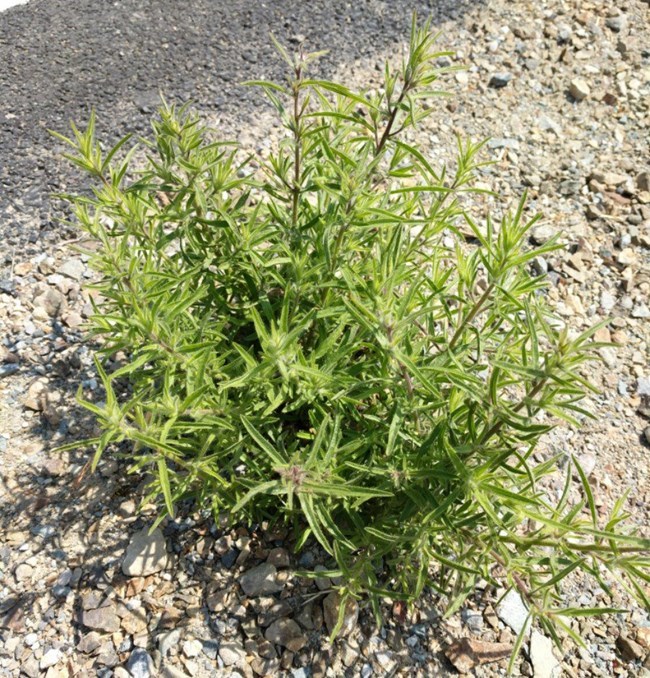
NPS / Sarah Inman Plants that are able to spread quickly and outcompete native plant species are called invasive plants. Plants that are introduced to an area by humans are more likely to become invasive than native plants, as the ecosystem has not co-evolved checks and balances for these introduced plants. Understanding these serious threats, the park is working to remove invasive plants and restore areas with native plant species. Once established, native plants help restore the natural balance and proper function of ecosystems. If you would like to help with invasive plant removal or native plant restoration, visit our volunteer page. Invasive Plant MonitoringThe San Francisco Bay Area Inventory & Monitoring Network conducts surveys for invasive plants at John Muir National Historic Site with the goal of detecting invasive species before they spread widely. Explore the links below for more information.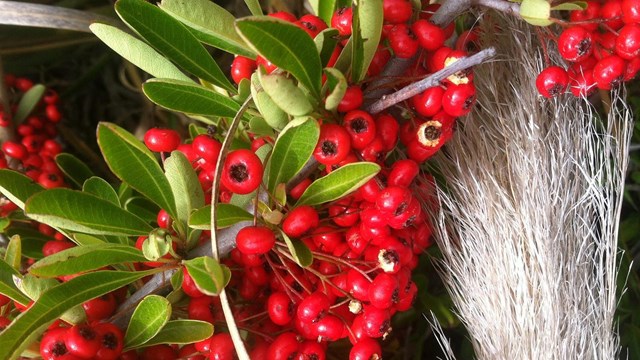
Invasive Plant Long-term Monitoring
Dig in to monitoring protocols, reports, and more on the San Francisco Bay Area Network's Invasive Plant Monitoring page. 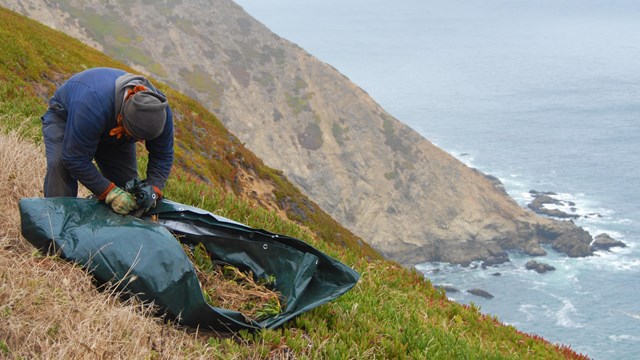
Pacific Coast Science & Learning Center
Browse more resources on invasive plants plants in San Francisco Bay Area parks. 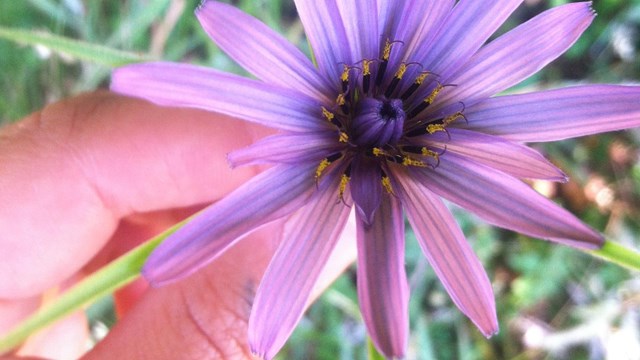
Invasive Plant Survey Results
Explore the Calflora Observation Hotline, where the latest monitoring records can be viewed in an interactive map. 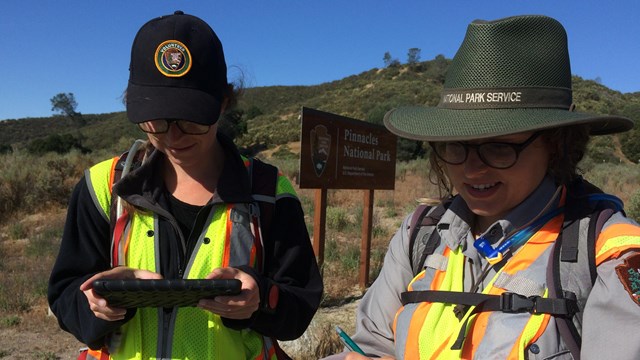
Early Detection Newsletter
Check out what the invasive plant monitoring team has been up to. Quick Reads |
Last updated: May 4, 2020
